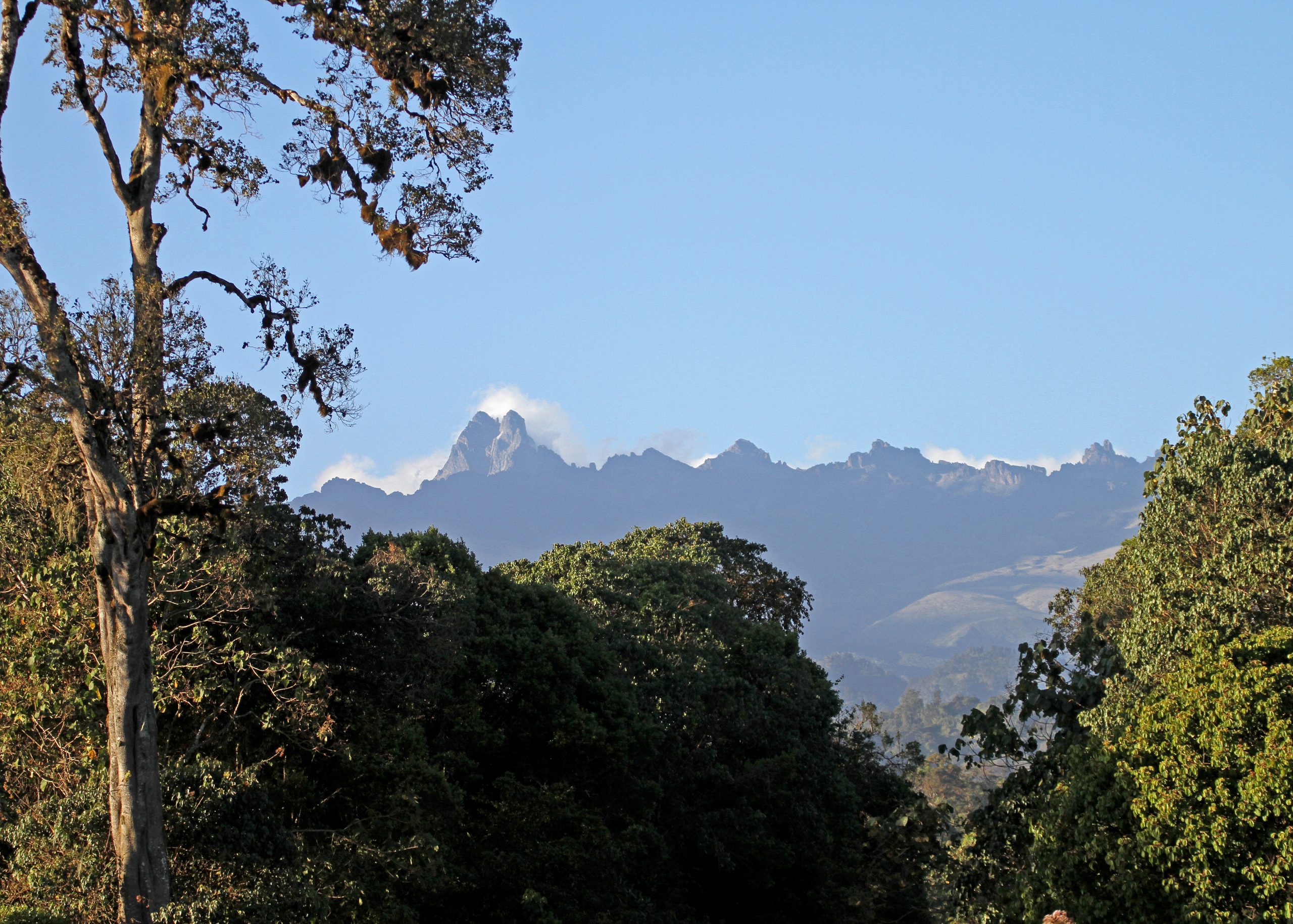 ©Peter Usher/Nature Kenya
©Peter Usher/Nature Kenya
Three crucial forested sites in Kenya with important cultural heritage and environmental value

In the past 10 years alone, 20% of this area has been deforested – so Trillion Trees is supporting the restoration of 1 million local trees

Not only a sacred place for indigenous peoples, Mt Kenya is a haven for plants and animals, including elephants and rhinos

Trillion Trees supports the development of 32 Community Forest Associations and local tree-growing nurseries across the three sites
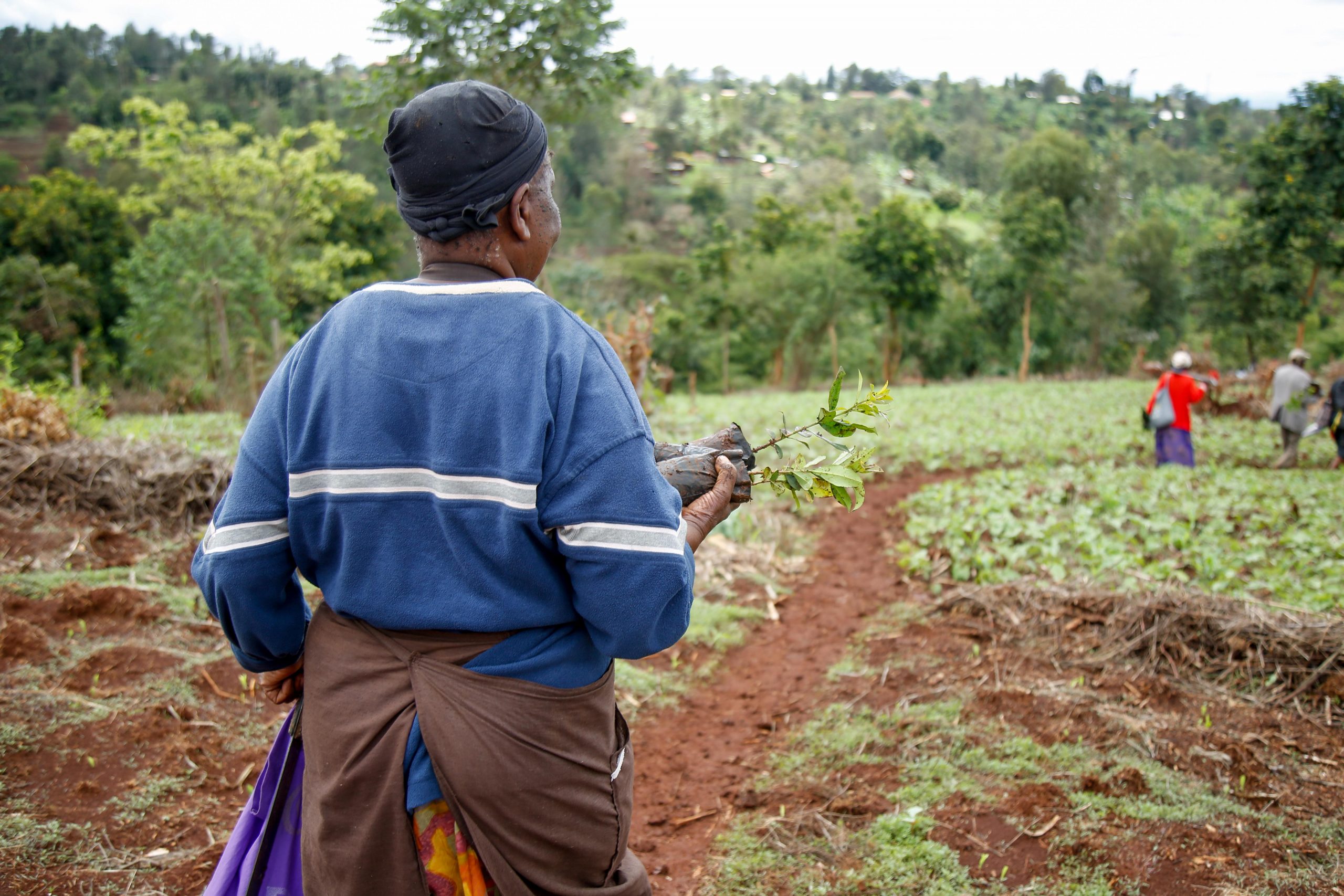
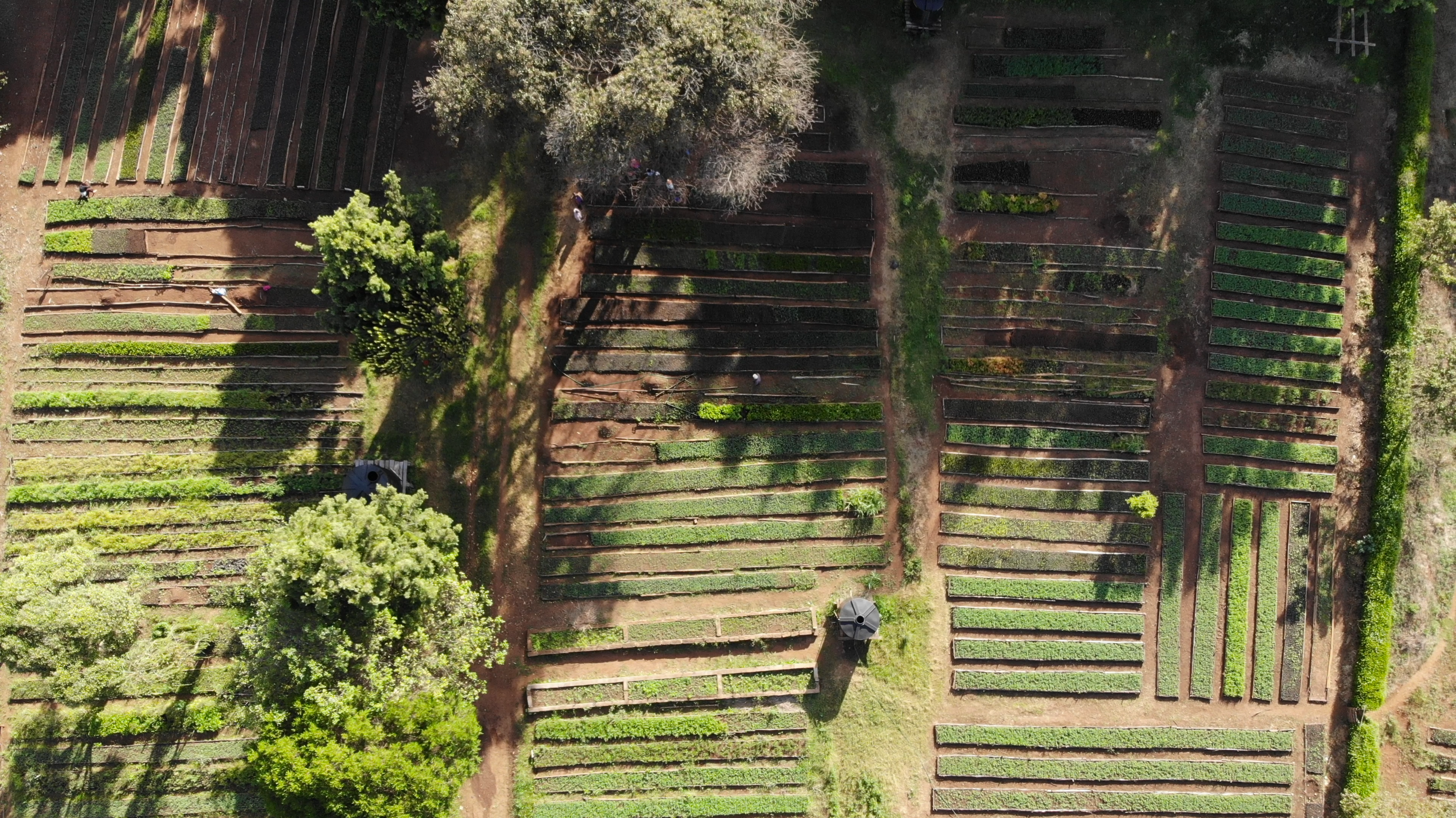
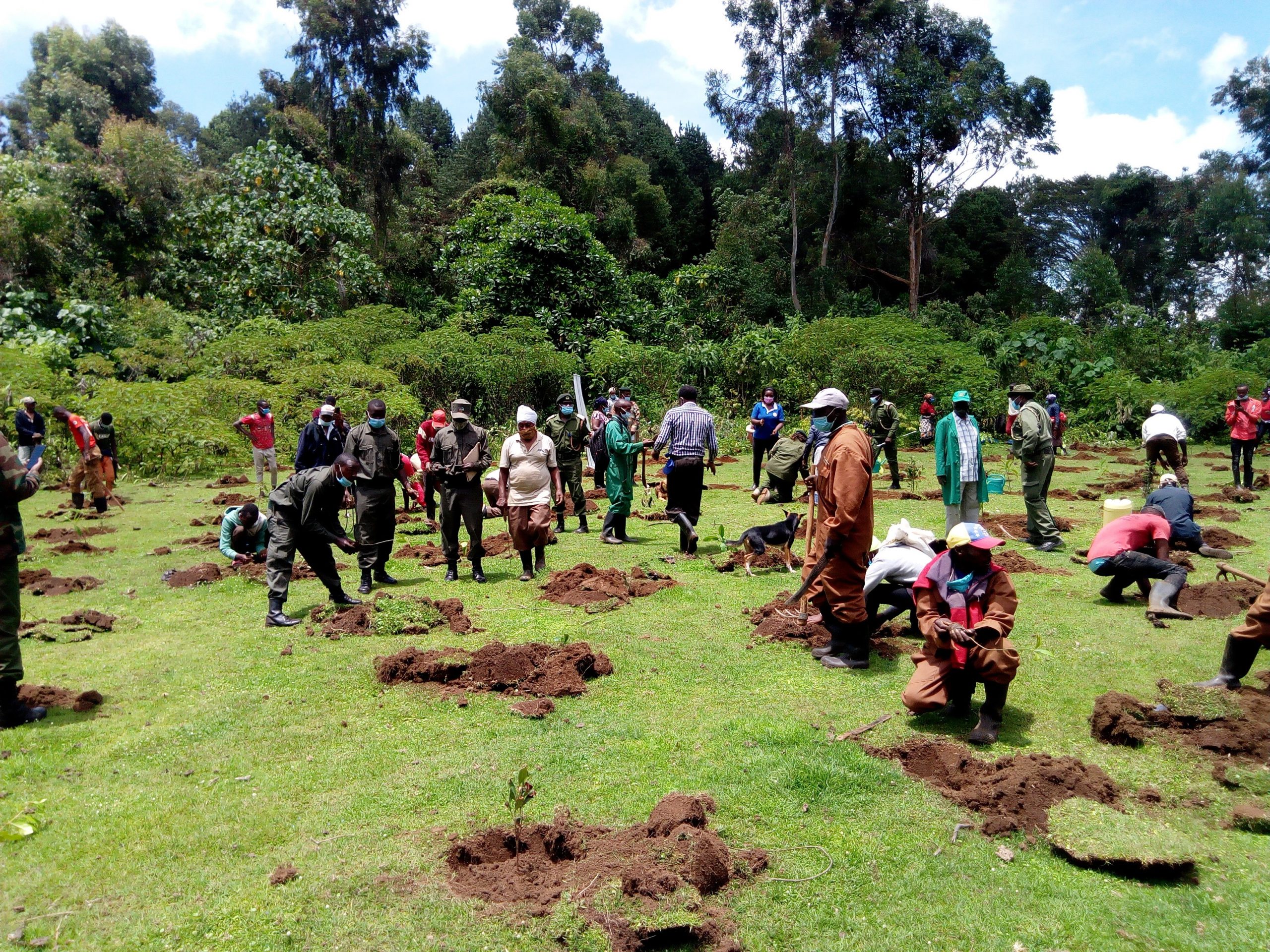
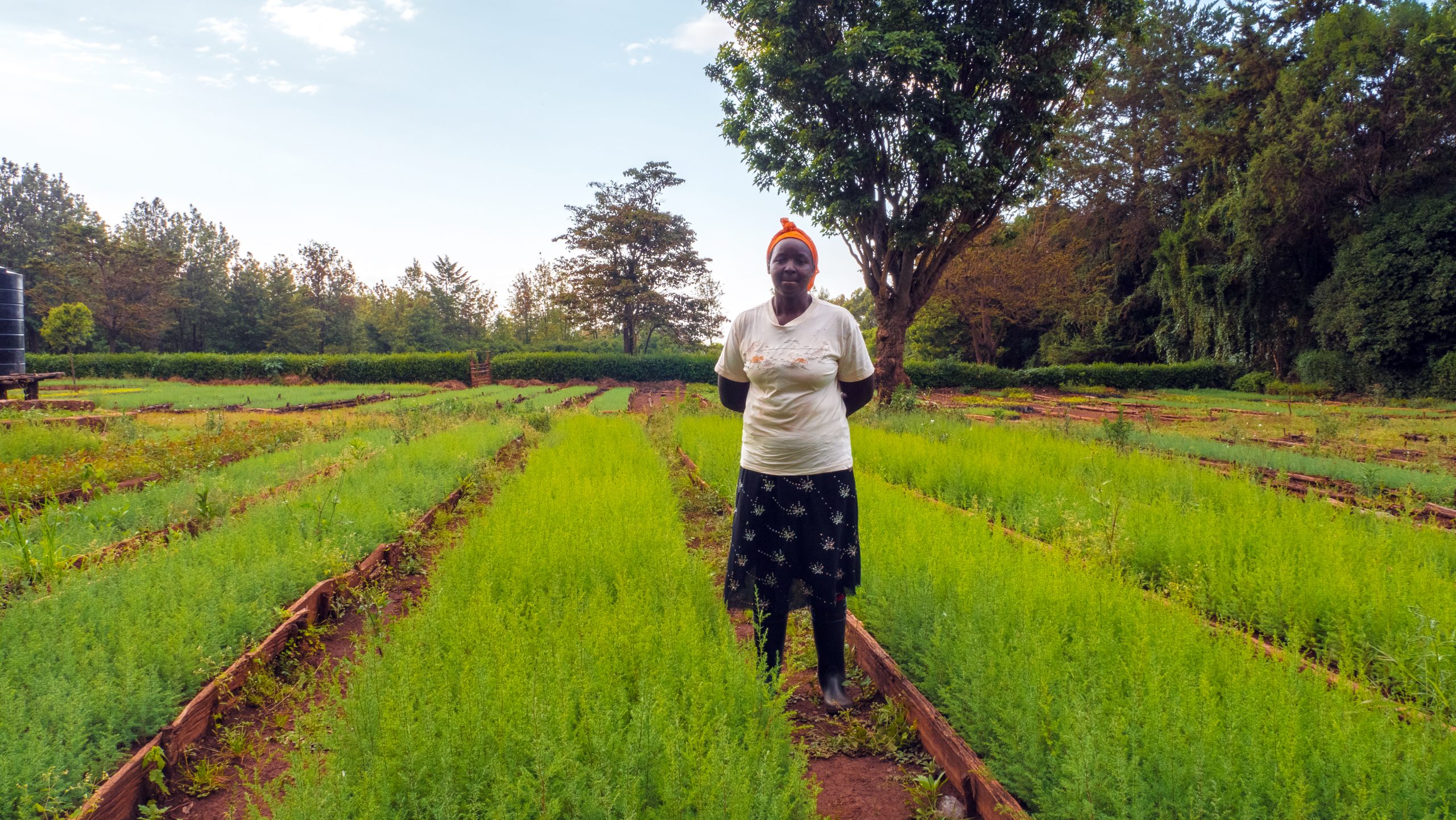
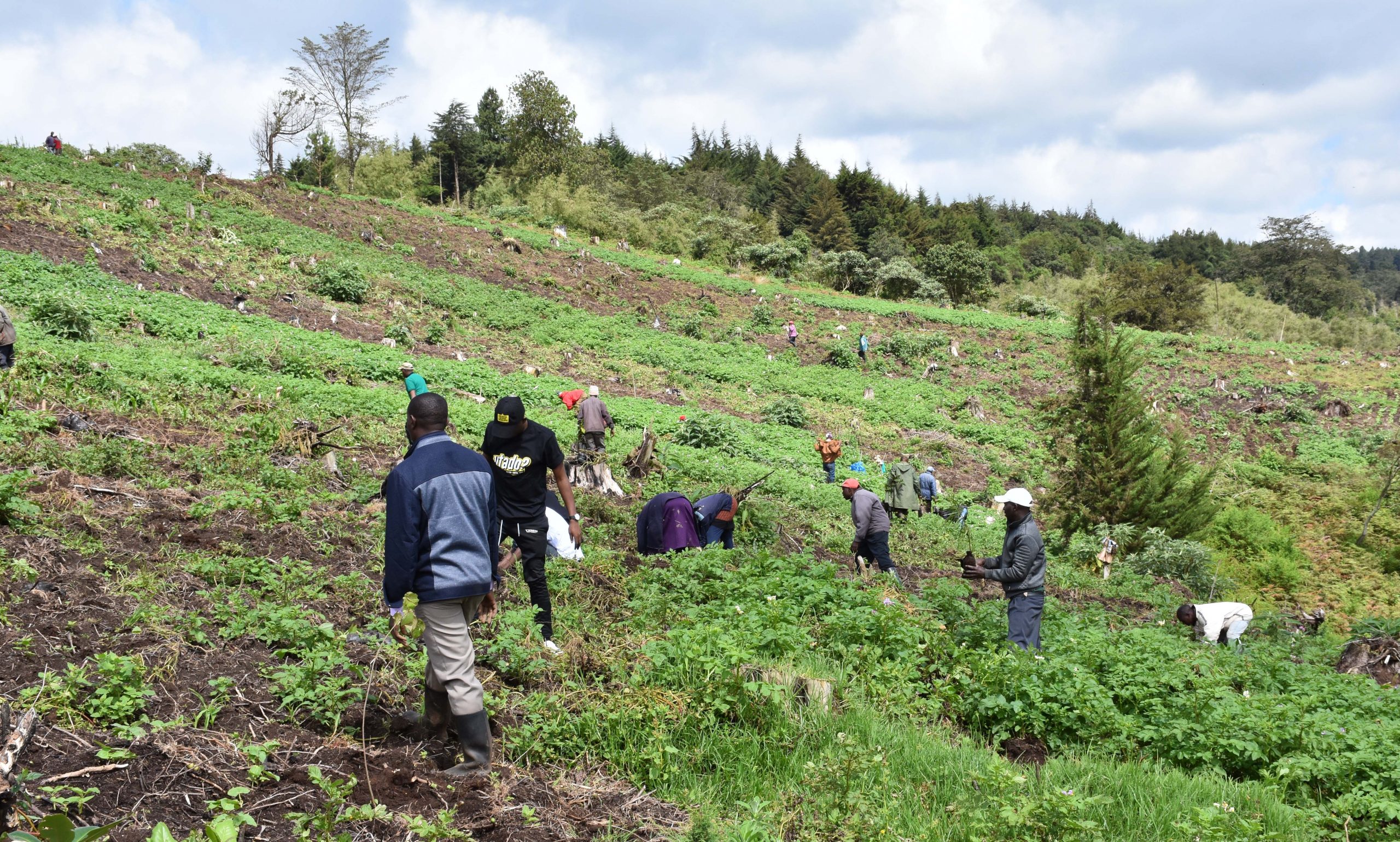
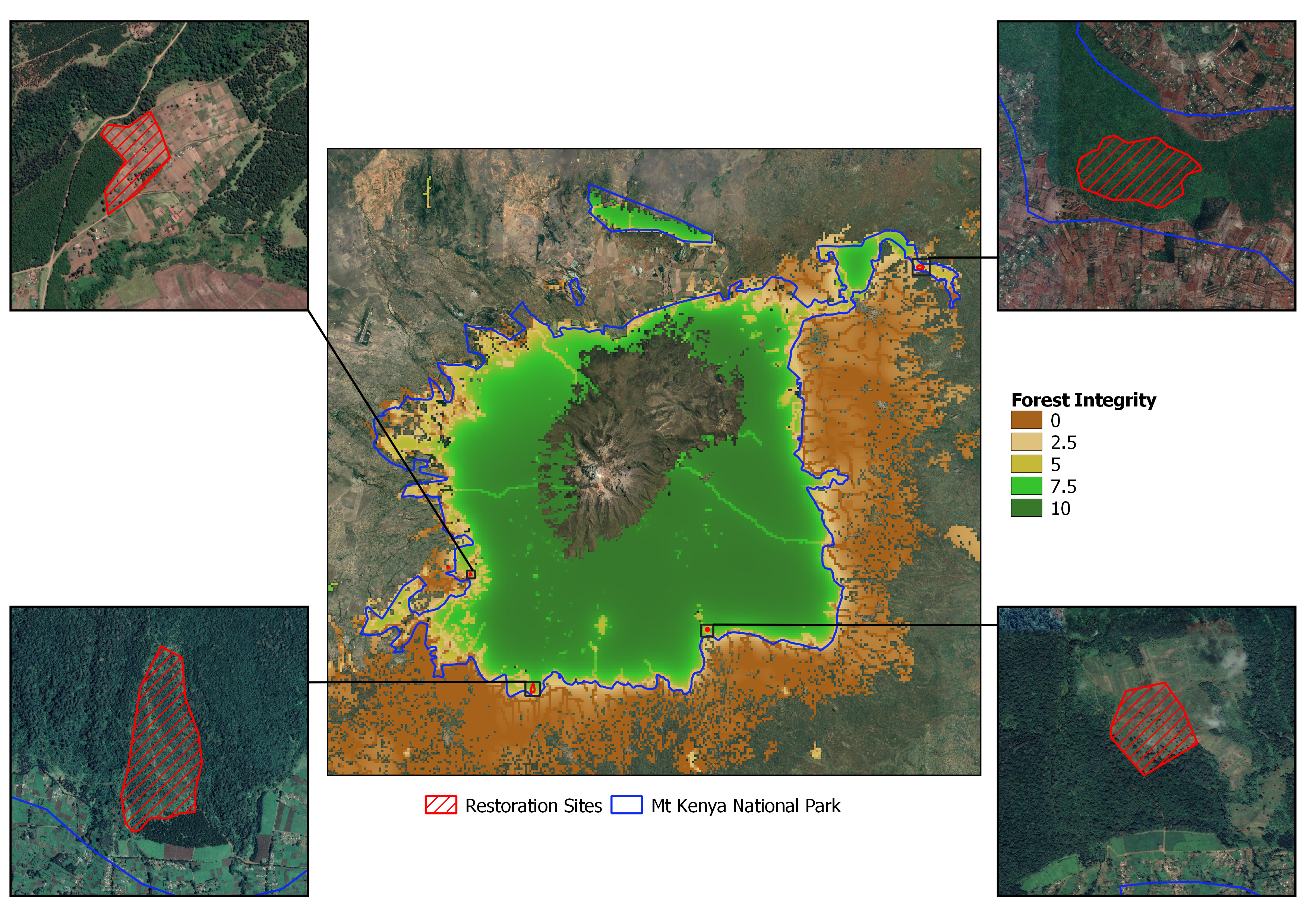


Supported development of Community Forest Associations, mobilised and helped finance local partnerships, engaged state and business sectors, and planted hundreds of thousands of trees.
The proposed program builds on the significant success achieved by Nature Kenya to date.
In 2016 Nature Kenya introduced the Payment for Ecosystem Service concept, and successfully built the capacity of five Community Forest Associations in Mount Kenya.
Identifying and mapping sites for restoration, expanding community tree nurseries, helping develop tree-growing schedules, supporting on-going maintenance of replanted areas.
Trillion Trees partner BirdLife International (BLI) works in this area through Nature Kenya – Africa’s longest-established environmental society. They’ve been helping develop and support local community-based conservation work in the Mount Kenya region since 1998.
At Trillion Trees, we know that effective community involvement and leadership is vital for any forest restoration work. Especially for long-term management and protection of sites. The Mount Kenya project similarly takes a grassroots, bottom-up approach. This includes all activities related to forest restoration – from locally sourcing tree seedlings to managing special tree nurseries and planting the trees in well-chosen locations.
One of the most important initiatives here has been creating Community Forest Associations (CFAs) – which are legally mandated local governance structures. These CFAs will be increased in number to 32, and supplied with resources and training in restoration, conservation, governance and financial management. They will be overseen by three multi-stakeholder coordination bodies, one in each site. Management plans and best strategies will be agreed in each area, working alongside the Kenya Forest Service. Nature Kenya’s restoration strategy was initially informed by an Ecosystem Services Assessment, which looked at carbon, water, culture, recreation, and cultivated goods provided by each forest.
Across the three sites, more than 5 million saplings will be planted. Trees are closely monitored for three years, and long-term success is ensured by on-going maintenance – including weeding and replacement of unhealthy or unsuccessful trees. Successes will be shared and best practice incorporated into relevant county-level policies and programmes. Community engagement and awareness-raising events will bring in local businesses, NGO partners and wider donors.
The poorest forest-edge communities have been supported – for instance through sustainable livelihood opportunities such as beekeeping, as well as installing clean cookstoves. Households taking part have increased their annual incomes, and reduced their dependency on forest resources. Communities will need ongoing support in order to maintain and scale up forest restoration successes.
The next stage is promoting effective county-level coordination and strengthening local restoration efforts. To ensure long-term sustainability of the work, it is essential to establish a Mount Kenya Forest Restoration platform. This will bring together key implementers in forest restoration to share best practice for biodiversity conservation. CFAs will be supported to promote restoration opportunities more broadly, including through business engagement.
Along with the nearby ‘Aberdares’ (or Nyandarua) mountain range, and the Nandi forest in western Kenya, this whole area is recognised as a key biodiversity hotspot in east Africa. Mount Kenya National Park is listed as a World Heritage Site.
Mount Kenya is an extinct volcano, with sprawling forested slopes, dominating the landscape of the central Kenyan highlands. The landscape here is as varied as the wildlife – including tropical rainforest, alpine, evergreen, humid montane, dry woodland, scrub and moorland, as well as indigenous bamboo. There are also extensive commercial timber plantations, with non-native fast-growing trees such as cypress, pine and eucalyptus.
The area’s rich natural biodiversity includes 778 plant species, and iconic animals like the African elephant, leopard and endangered black rhino. It is one of the last few east African homes for the bongo (a forest antelope), along with giant forest hogs, black-fronted duikers and mole shrews. Its cherished birds include rare kinds of starlings, ibis, and the endangered Sharpe’s longclaw.
This is also one of the largest water catchments for Kenya, providing drinking water for over 2million people. And supporting widespread agriculture, including coffee and tea plantations, plus important hydropower projects and manufacturing. It was recently estimated that the Mount Kenya area provides the country with ecosystem services worth around $220 million per year.
Mount Kenya itself has great traditional religious significance for the local indigenous Kikuyu people – a sacred place. This area has also become one of the most densely populated parts of Kenya, which puts increasing pressure on forest resources. The Mount Kenya area is home to 28 forest-edge communities. Most of them have fairly low incomes and depend on local agriculture, timber for construction, and wood fuel for cooking – all of which impacts on the forests.
In the past 10 years alone, one fifth of the Mount Kenya ecosystem has been deforested. The causes range from agriculture and illegal logging to localised impacts from unsustainable livestock overgrazing and fires. Deforestation has also reduced the quality and quantity of water for downstream users, as well as increasing sedimentation. Soil erosion is one of the most serious threats to the ecosystem, not helped by poor water management and illegal abstraction.
The main obstacles to forest protection and restoration here are: